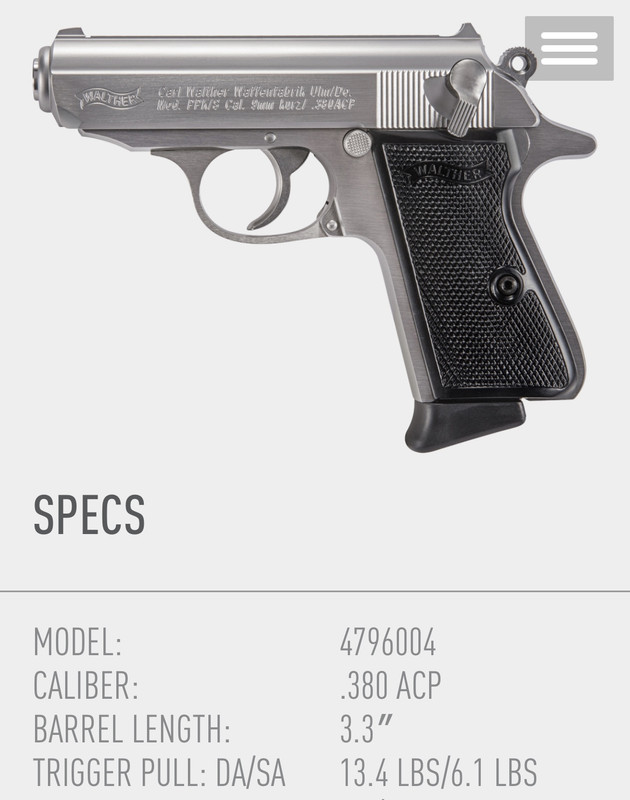That is actually something that HAS happened with Glocks. Holster failure, clothing in the wrong place, items in a carry bag or pocket "safety trigger" is not really going to always stop it.
The answer basically is YES, if the trigger gets pressed with sufficient force, at a good enough angle it will go bang.
(That's one of the reasons I carry the manual safety version only).
Generally that's why when you carry a striker fired pistol you NEED an external safety system comprising of a good holster that is sturdy, rigid and completely covers the trigger and enough of the frame or grip to secure it. (Good practice for any pistol, regardless of the firing mechanism).
Shoving it down the front of your pants Mexican style is asking for cheap do it yourself birth control.
It's also why those who understand the safety aspects often advise, that if you pull out your pistol from your concealed carry, don't re-holster it in your concealed holster that's tucked into your clothes, instead pull out the holster, carefully place the gun back in the holster then put the holster with the gun safely stowed, back in it's location.


